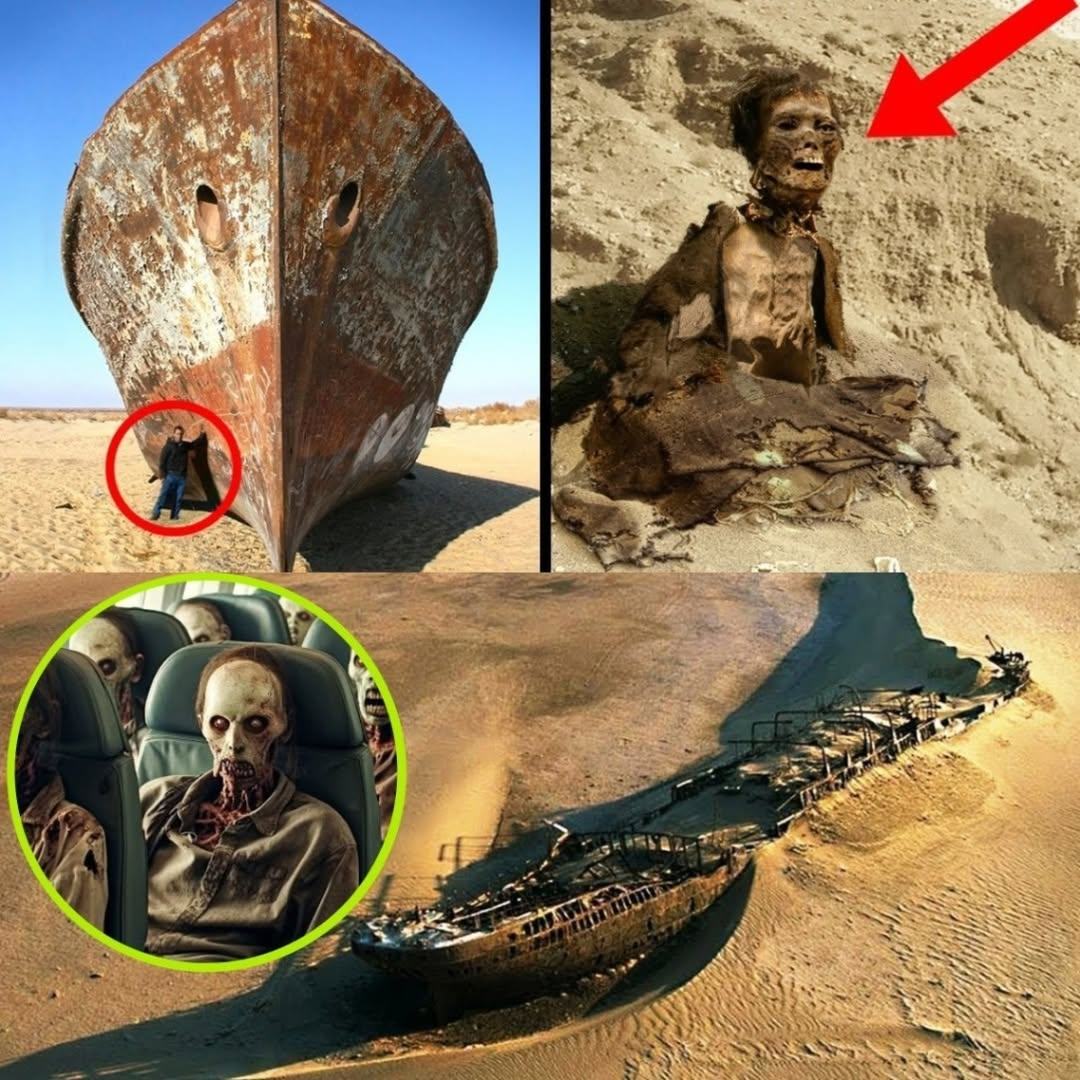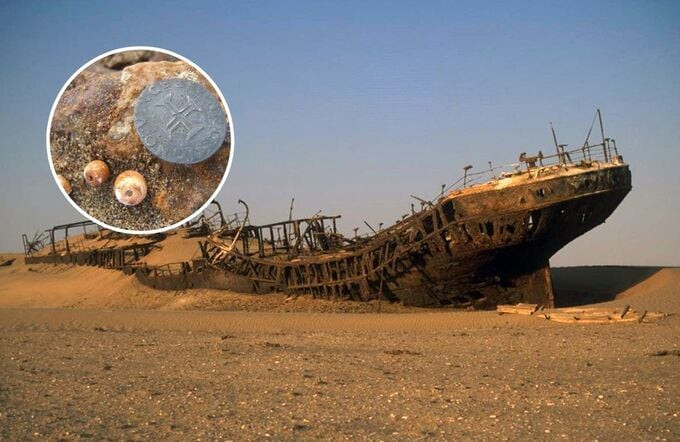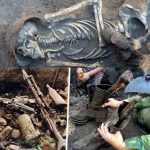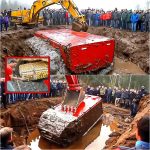The Desert Ship and a Lost Civilization

In one of the world’s most barren landscapes, explorers have uncovered a scene so surreal it borders on legend: the remains of an ancient shipwreck, its skeletal frame half-buried in drifting sands. The image alone is haunting—a vessel designed for water now stranded in a desert, as though abandoned by the sea itself. Yet what began as a curiosity soon grew into one of the most puzzling archaeological enigmas of our time.

Nearby, excavators uncovered ruins, tools, and inscriptions, silent markers of a society that may have flourished long before written history. The artifacts hint at organized settlement, craftsmanship, and symbolic expression—echoes of a lost civilization whose story was long erased by the relentless march of time. Was this ship part of a vast inland sea now vanished? Or could it represent trade and migration networks that reached deeper into the past than we have ever imagined?
The discovery forces us to confront difficult questions. How did a ship come to rest in a desert? Could shifting climates and geological changes have transformed a once-lush region into the arid expanse we see today? Or is this a case where nature’s illusions—sandstone shapes, eroded timbers, and scattered ruins—have been mistaken for human achievement? Scientists debate these possibilities, but the mystery only deepens as more fragments are unearthed.

For some, the find resonates with myths and legends of forgotten empires swallowed by sand. Stories of lost cities and civilizations that rose and fell without leaving clear traces have long captivated the human imagination. This discovery, with its surreal imagery of a stranded ship, breathes new life into those tales, suggesting that history’s gaps may hide more truths than we dare assume.
Beyond myth, the implications for archaeology are profound. If proven authentic, the ship and its surrounding ruins could redefine our understanding of ancient migration, trade, and ingenuity. It would show that long before recorded history, human societies were capable of building complex maritime and architectural systems in regions we never thought possible. Such a revelation would rewrite chapters of our past, reshaping timelines and narratives about the spread of culture and technology.

Yet the desert remains silent, its sands unwilling to give up all their secrets at once. Each uncovered shard of pottery, each inscription, adds to the puzzle without completing it. The ship’s weathered timbers, scorched by the sun and scoured by wind, stand as a symbol of mystery, a monument to the fragile line between discovery and legend.
The story of the Desert Ship reminds us that history is not fixed but alive—hidden, waiting, and sometimes disguised in the most unexpected places. Whether this is proof of a forgotten civilization or a natural riddle, the image of a vessel marooned in sand lingers as one of archaeology’s most haunting visions.
#LostCivilization #AncientMystery #DesertSecrets #ArchaeologicalEnigma











